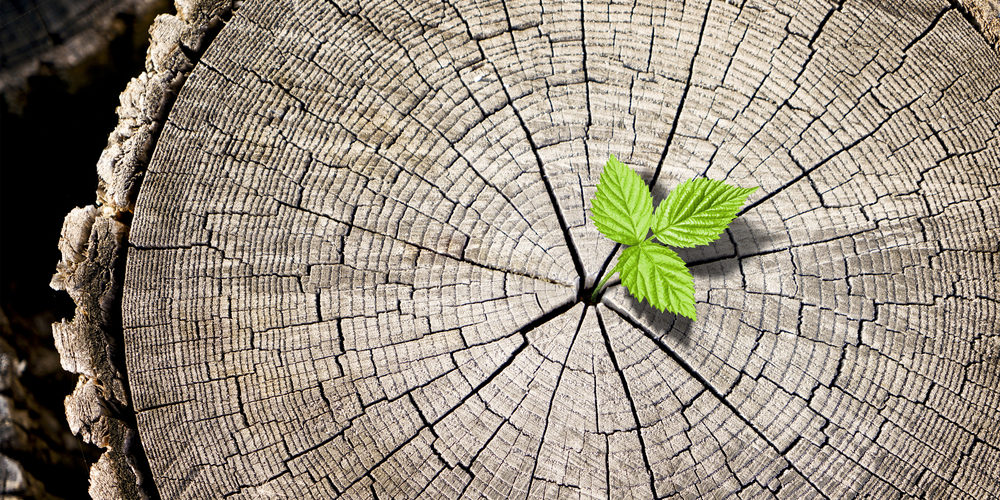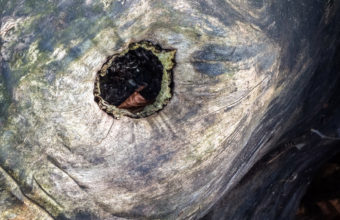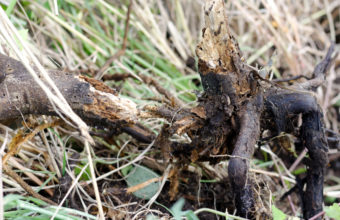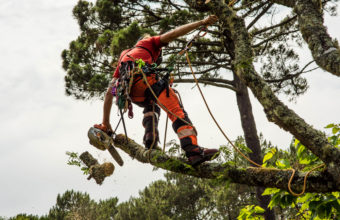The lifespan of a tree can significantly fluctuate based on factors such as its species, environmental conditions, and level of care it receives.
Here are a few common examples…
- Many common deciduous trees, such as oaks, maples, and birches, can live for hundreds of years. For instance, white oaks (Quercus alba) can live for over 300 years.
- Giant sequoias (Sequoiadendron giganteum) and bristlecone pines (Pinus longaeva) are among the oldest living trees, with lifespans that can exceed 3,000 and even 4,000-5,000 years, respectively.
- On the other hand, many fast-growing, short-lived tree species, such as certain willows and poplars, may have lifespans of only 20 to 50 years.
- Fruit trees like apple or cherry trees often have shorter lifespans, ranging from around 20 to 100 years, depending on the species and conditions.
The lifespan of a tree is influenced by its genetic makeup, the availability of resources (such as light, water, and nutrients), and its ability to withstand diseases, pests, and physical damage or environmental stressors. Proper care and favorable conditions can help trees reach their potential lifespan.






